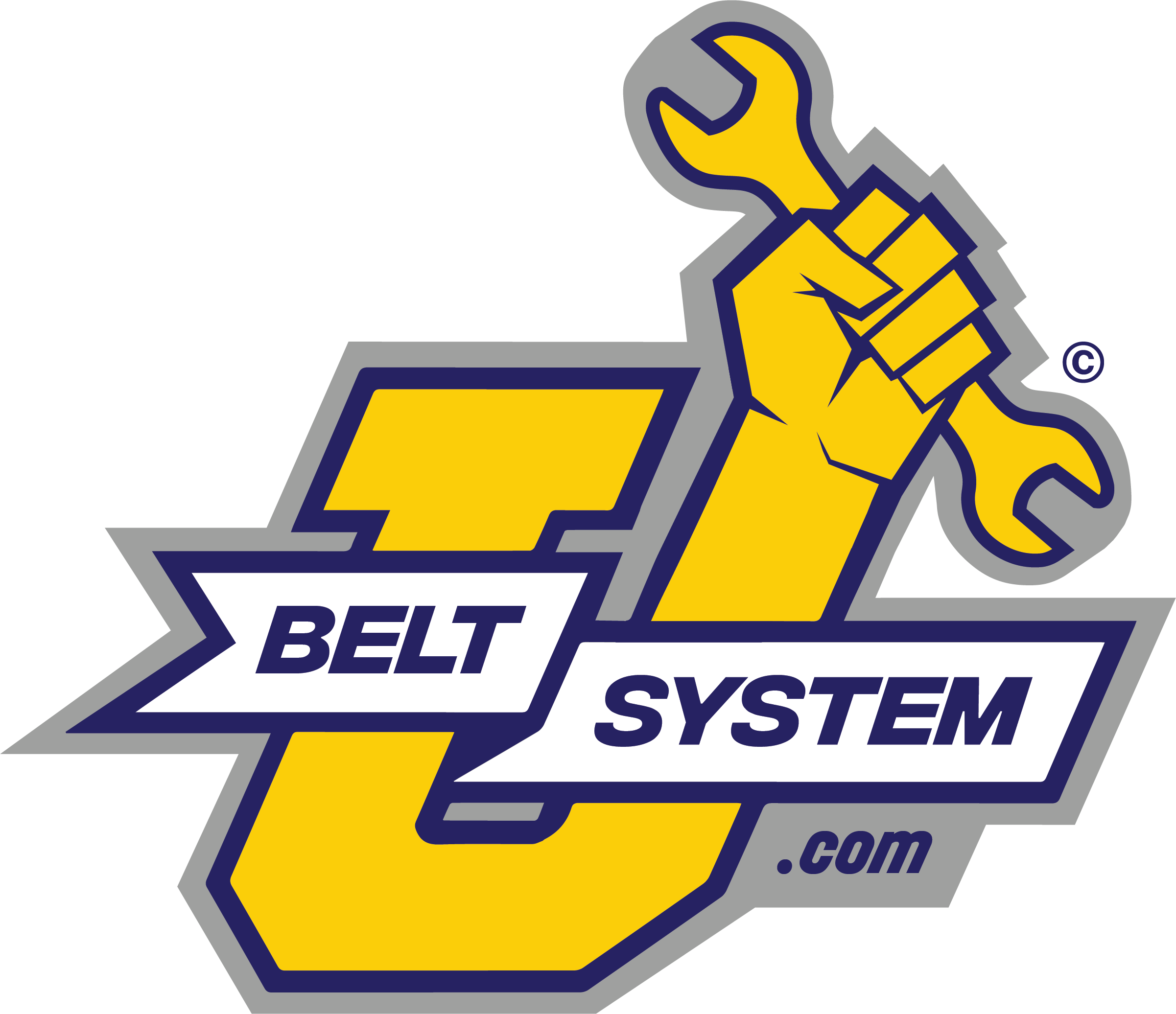Your car’s serpentine drive belt plays a vital role when it comes to powering the engine accessories. The drive belt not only needs to maintain its routing around the connecting accessory pulleys but also maintain just enough tension to stay in place without creating an excessive amount of friction. That’s where tensioners and idlers come into play.
The Role of Idlers and Tensioners
Your typical drive belt tensioner consists of a free-spinning pulley attached to a tensioner arm, which in turn is connected to an assembly containing a coil spring and damper. The coil spring is designed to maintain the right amount of tension against the belt to keep it taut against the other pulleys. The internal damper cancels out most vibrations that would otherwise cause the drive belt to slip. Most tensioners automatically account for belt wear, which means you won’t have to manually tighten the belt as it ages.
Meanwhile, the idler simply provides a free-spinning rotation point for the serpentine drive belt so that it’s properly routed around the engine accessories. While most engines only need a single idler for this purpose, it’s not uncommon for engines to use multiple idlers in more complicated serpentine belt arrangements.
Symptoms of Failing Idlers and Tensioners
Just like any other part, tensioners and idler pulleys can fail due to old age, manufacturing defects, or physical damage. If you suspect you’re dealing with a failing tensioner or idler, you’ll want to watch for the following symptoms:
- Unusual belt wear – If you see excessive fraying, glazed areas or missing rubber throughout the serpentine belt, then chances are a bad idler pulley or belt tensioner may have something to do with it.
- Squeaking and/or squealing belts – Belts can squeak or squeal when they’re under too much tension or have too little tension applied to them.
- Grinding noises – Grinding and rumbling noises are another common sign of tensioner or idler pulley failure, usually due to failing bearings.
- Excessive tensioner movement – Worn-out coil springs can also cause drive belt tensioners to loosen their grip on the drive belt, resulting in excessive vibration and rattling. Too little tension will also lead to belt slippage.
- Cracks in the tensioner housing – Physical damage to the tensioner can also cause it to lose tension over time.
- Visible idler pulley damage – It’s not unusual for idler pulley bearings or the bearing itself to seize up or even come apart, in some cases. An impending idler pulley failure can quickly lead to a snapped belt and lost accessory power.
Idler and Tensioner Replacement
When replacing your serpentine belt, it’s always a good idea to check the drive belt tensioner and idler pulleys to make sure they’re all in good condition. A bad tensioner or failing idler can cause your new serpentine belt to wear out well before its time or, worse, slip off its pulleys.
When replacing a belt tensioner or idler pulley, keep in mind that you may need special tools to mount the component on certain engines.






